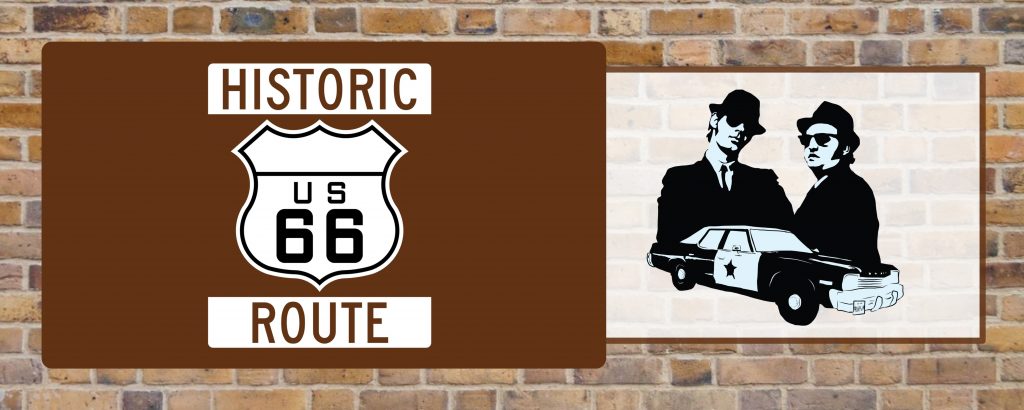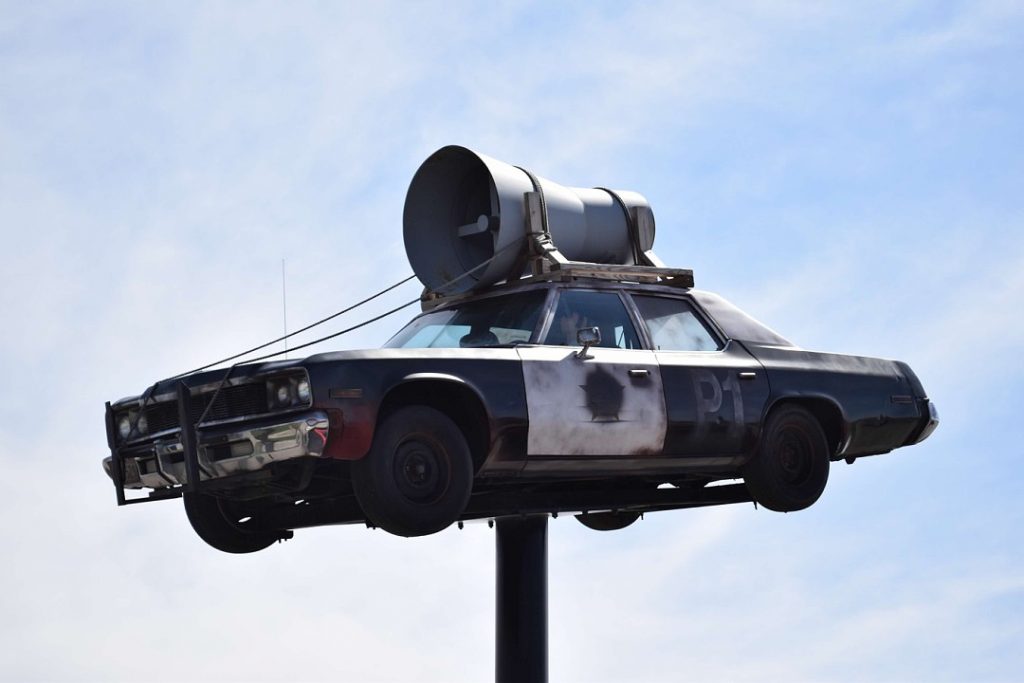History of U.S. Route 66 in Illinois
When US 66—first known as the Main Street of America and later dubbed the Mother Road by novelist John Steinbeck in 1939—was designated on November 11, 1926, the original path used mostly pre-existing roads. That was intentional, to minimize any needed construction and to get the entire path of the route open to traffic as soon as possible. In fact, because Illinois had already paved most of the roads that would comprise US 66, Illinois was the first of the eight states through which the route ran to have its segment of US 66 completed at a time when much of Route 66 was still a gravel-and-dirt road.

In Illinois and the Midwest in general, the construction of US 66 was important to the economies of small, rural towns, which saw a burst of activity when the road finally passed through. However, those communities in Illinois were already profiting from a paved highway that preceded Route 66 by a few years. In 1916, the Federal Aid Post Road Act, known as the Shackleford Bill, passed Congress and appropriated $75 million to be distributed to the states over the next five years. Funding was provided on an ongoing basis, over the period of five years, and the law made the federal government an active partner in road building for the first time. Five roads in Illinois were designated to receive federal money under the legislation; they were: the National Old Trails Road (National Road, present-day US 40), Lincoln Highway, Dixie Highway, the road from Chicago to Waukegan, and the road from Chicago to East St. Louis, including portions of IL 4, which was the actual predecessor to US 66 in Illinois.
The earliest known Chicago-to-St. Louis road was a former Native American Indian trail and stagecoach road that was renamed the Pontiac Trail in 1915. Route 66 began in Chicago and, once outside the metropolitan Chicago area, traveled down the Pontiac Trail through many cities and towns on its way southwest, including Joliet, Odell, Bloomington, Lincoln, Springfield, Edwardsville and East St. Louis.
IL 4 coincided with most of the Pontiac Trail and closely paralleled the Chicago and Alton Railroad tracks running from Chicago to East St. Louis. The roadbed for IL 4 was prepared in 1922 by teams of horses dragging equipment behind them. Laborers received 40 cents per hour for performing backbreaking labor on the roadbed. In 1923 in Bloomington-Normal, concrete was poured along the road’s path along much the same route US 66 would take on its original route through the area. By 1924, IL 4 was almost entirely paved between Chicago and St. Louis. Construction on the few remaining parts of US 66 in Illinois began in 1926.

By the 1930s, US 66 extended from Chicago through Springfield to St. Louis; much of the original pavement was still in use by the early 1940. The dangers of the original pavement were recognized by the nickname “Bloody 66,” which reflected the frequently deadly road accidents along the mostly rural route. When World War II erupted, Route 66—already the heaviest trafficked highway in Illinois—saw an increase in military traffic and importance to defense strategy. The aging road’s deterioration was hastened by the increase in military truck traffic. The Defense Highway Act of 1941 provided Illinois with about $400,000 in funding, and by 1942, plans were in place to make much needed road repairs that were also intended in part to make the road safer for traffic.
[Source: wikipedia.org]
